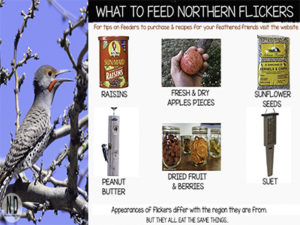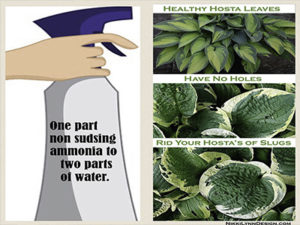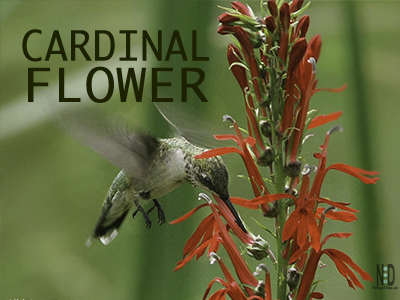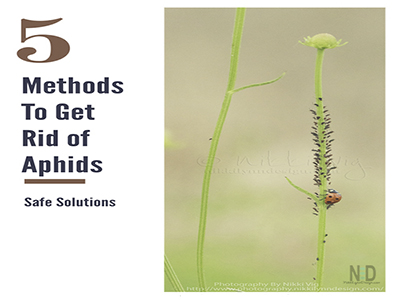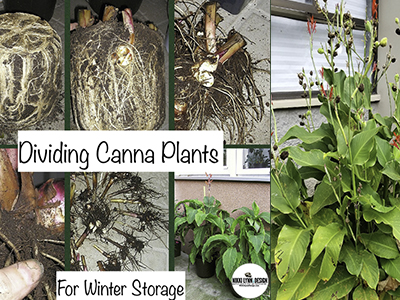Milkweed Tussock Moth Caterpillar
Today I had to go out and collect a few fresh milkweed leaves for my Monarch caterpillars I am raising. While out hunting I came across the Milkweed Tussock Moth Caterpillar and thought to myself, now here is a critter I have not done a post on that you might find interesting.
Many people are familiar with the multi-striped Monarch caterpillar that feeds on milkweed, but did you ever see the Milkweed Tussock Moth Caterpillar? They also feed on milkweed and are lesser-known species of caterpillars.
Basic Information
| Scientific Name | Euchaetes egle |
| Common Name | Milkweed Tussock Moth |
| Feeds On | Milkweed & Donebane Leaves from mid to late summer. |
| Range | North America – Southern Canada & south through Texas & Florida (Wagner 2005). |
| Size | To up 35mm |
| Four Stages Of Growth | 2 insta growth stages, a pupa stage, and finally the moth. |
| Predators | Downy woodpeckers, Gray catbirds, Common grackles, Red-breasted nuthatch, wasps, assassin bugs |
| Can Cause Skin Rash | When the hairs of caterpillar come in contact with human skin they can cause an irritating rash. |
4 Stages of Growth of the Caterpillar
The caterpillars go through 4 different stages of growth. Two insta growth stages, a pupa stage, and finally the moth.
Stage 1 – Early Instar Stage
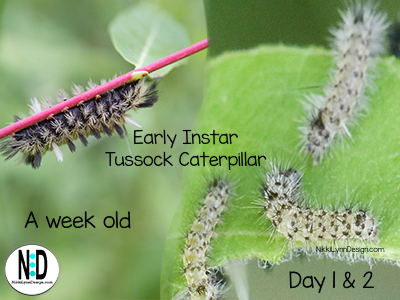
Stage one is called the early instar stage. During this stage, the caterpillar larva will hatch from their eggs and start feeding on the plants.
- The larva starts out in large groups.
- Early instars appear slightly ‘hairy’ and gray, white, or yellow.
- The larva has extremely healthy appetites and will skeletonize entire plants.
Stage 2 – Late Instar Stage
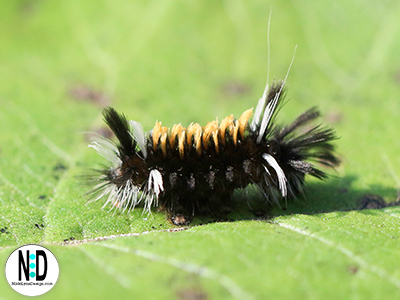
- Size: To up 35mm
- Host Plants: Commonly seen eating milkweed and dogbane from mid to late summer.
- Range: From southern Canada, and south through Texas and Florida in North America
The above caterpillar is in the late instar stage, just before the caterpillar goes into the pupa stage. It has black, white and orange bristles. The orange bristles that run along its back can look a yellowish color as well.
Stage 3 – Pupa
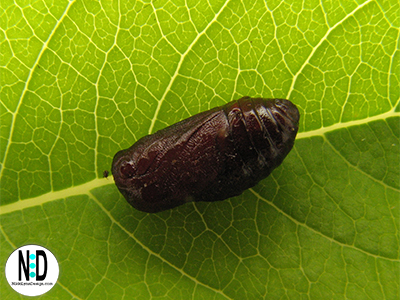
During the pupa stage, The instar will use the pupa over winter to change into a moth.
Stage 4 – Adult Moth
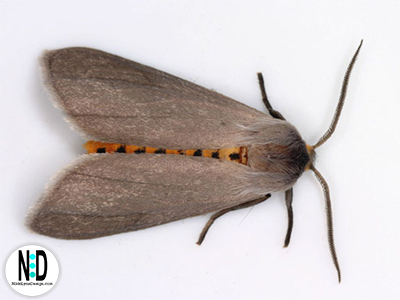
- Eggs: The moth will deposit groups of eggs on the underside of milkweed and dogbane.
From the eggs hatch the instars that eat and go through stages 1 & 2 above. Instars live in pupa overwinter in the Midwest. In the spring the moth emerges and they lay eggs to start the cycle again.
Sharing Is Caring. Pin Me.
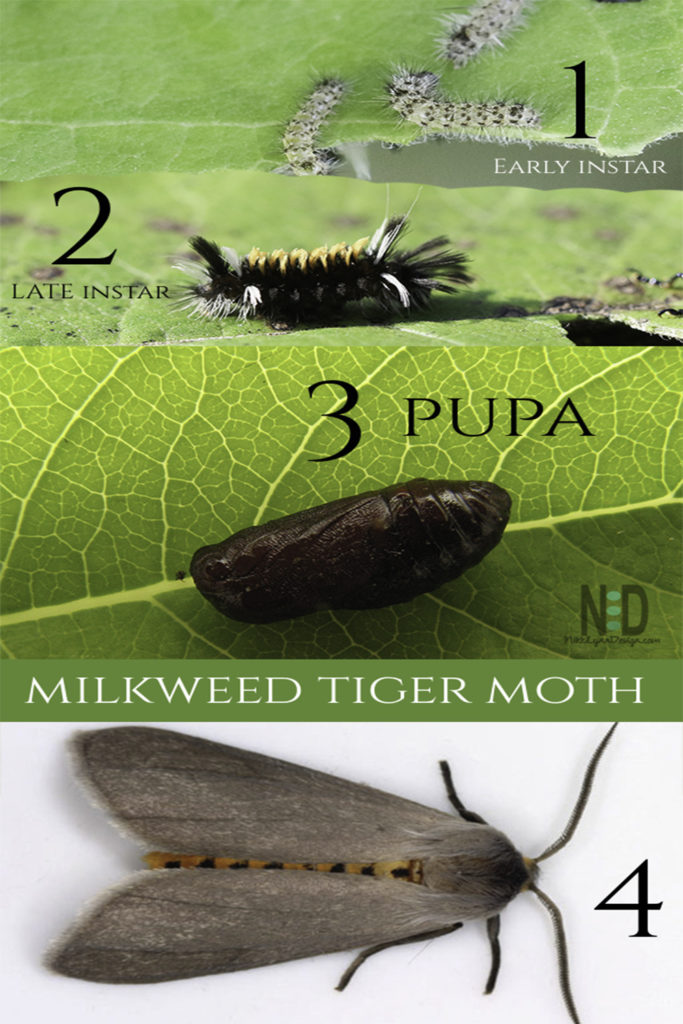
AFFILIATE POLICY: Posts on this site may contain links to outside vendors that pay me a commission when you purchase from them, at no additional cost to you. Thank you for supporting this site!
———————————————————————————————————-

